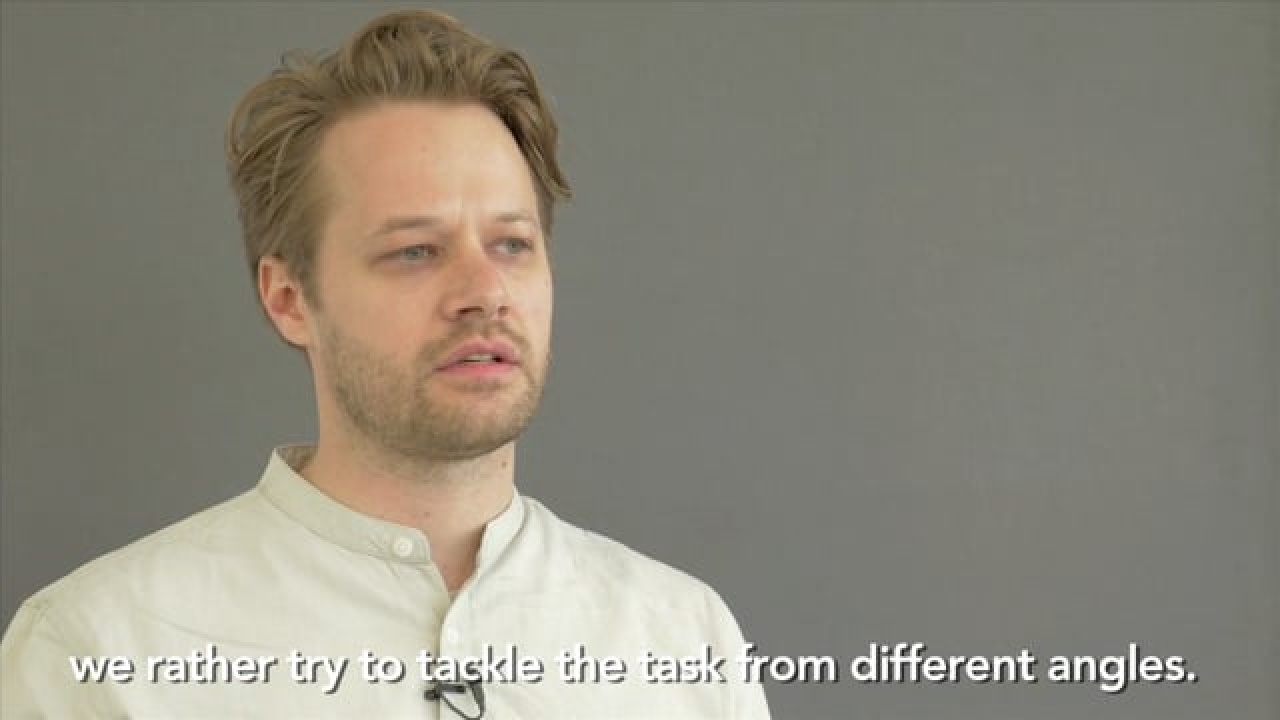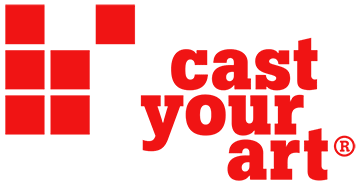Acting for the Camera - Albertina Museum
The third exhibition with material from the Albertina’s own photography collection focuses on forms of presentation. On the basis of about 120 photographs of the collection, Acting fort he Camera examines the manifold forms of staging or self-staging of models in front of the camera.
Curated by Walter Moser, Anna Hanreich and Astrid Mahler, the show demonstrates the variety of the Albertin’a collection, offereing a fascinating sample of photographic history. The Albertina started collecting photographs as early as in the 1850ies, a fact that was re-discovered when the photography collection was founded in 1999.
The exhibition is divided in six chapters, one of the earliest docoments being a Daguerrotype from the 1850ies, showing the sculptor Hans Gasser at work. The necessity of staging the image becomes evident here, as the poses had to be maintained for some time for exposure. With the advances in technology, photographers and their models became more and more independent of exposure time and started to stage their images in a more creative way.
Instead of representing the personality the body can be staged as pure material as well, like in the study of 1890 by Albert Londe where he documented a weightlifting movement, or like in the case of Ottomar Anschütz who analyzed movement sequences like a javelin throw with anonymous models in the same year. The scientific photographic studies served medical purposes or simply anaylzed human movement patterns or they were models for artists.
The female nudes made by Otto Schmidt probably were models for artists as well, they are on display in this exhibition too.
In the beginning of the 20th century, the relationship between photographer and photographed changed. Dancers worked with photographers in order to document and advertise their art, resulting in mutual influences between dance and photography.
Back then the imagery of expressionist dance was very influential, as as evident in the large print of the photograph by Anton Josef Trcka showing Egon Schiele with an expressionist dancers gesture, influenced by the mime Erwin Osen.
Common threads in photography history become visible, among other things because of the interaction between authenticity and staging. The transitions between the six thematic chapters are fluid. The bases of the forms of cooperation between model and photographer are complex, as obvious in the photos of dancers and actors from different styles in the collection. It turns out to be a common creative effort.
Film and theater actors used photography to establish a certain image of themselves.
Up to the 1930ies, there were three photo studios specialising in actor’s portraits, Madame d’Ora, Trude Fleischmann and Franz Xaver Setzer. Theater actors used to get themselves photographed in their role costumes.
Actor portraits are a separate chapter of the show, like the iconic photos of Romy Schneider who tried to shake off her Sissy image at the time. Photographer Will McBride depicted her on a sofa in Paris, her poses testify to the active role of the model.
The subject of stagings becomes clearly evident under the aspect of cooperation between the photographers and the models. Consequently, staged photographs often turn out to be joint efforts by models and photographers.
One chapter is dedicated to Viennese actionism and the artist as the subject. Without these photo documents, the performances by Rudolf Schwarzkogler or Günter Brus would not exist for posterity. Here in the exhibition the photographers themselves are also mentioned by name. Arnulf Rainer for example got his pictures taken, then painted over them,and the photographer always remained anonymous.
The most recent works in this exhibition are the One Minute Sculptures by Erwin Wurm with their humorous poses. (written by Cem Angeli)
Das könnte Sie auch interessieren
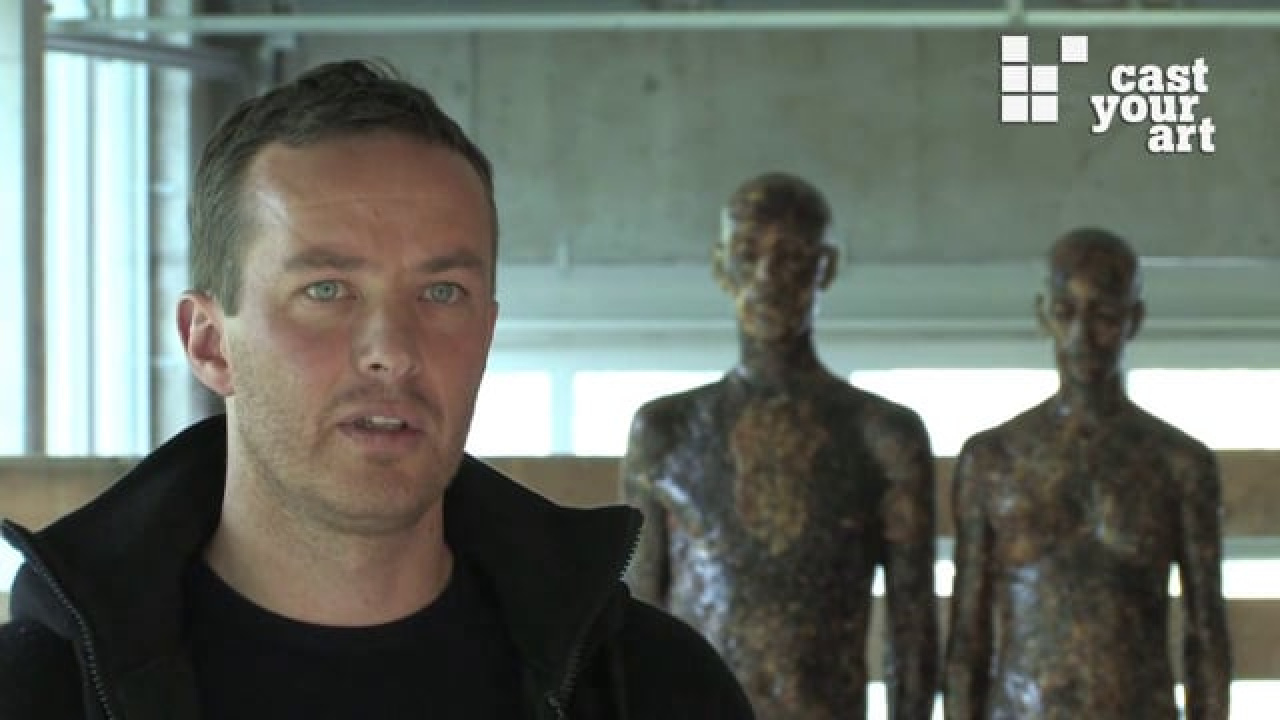
Aron Demetz - Dialogue with life
23. July 2013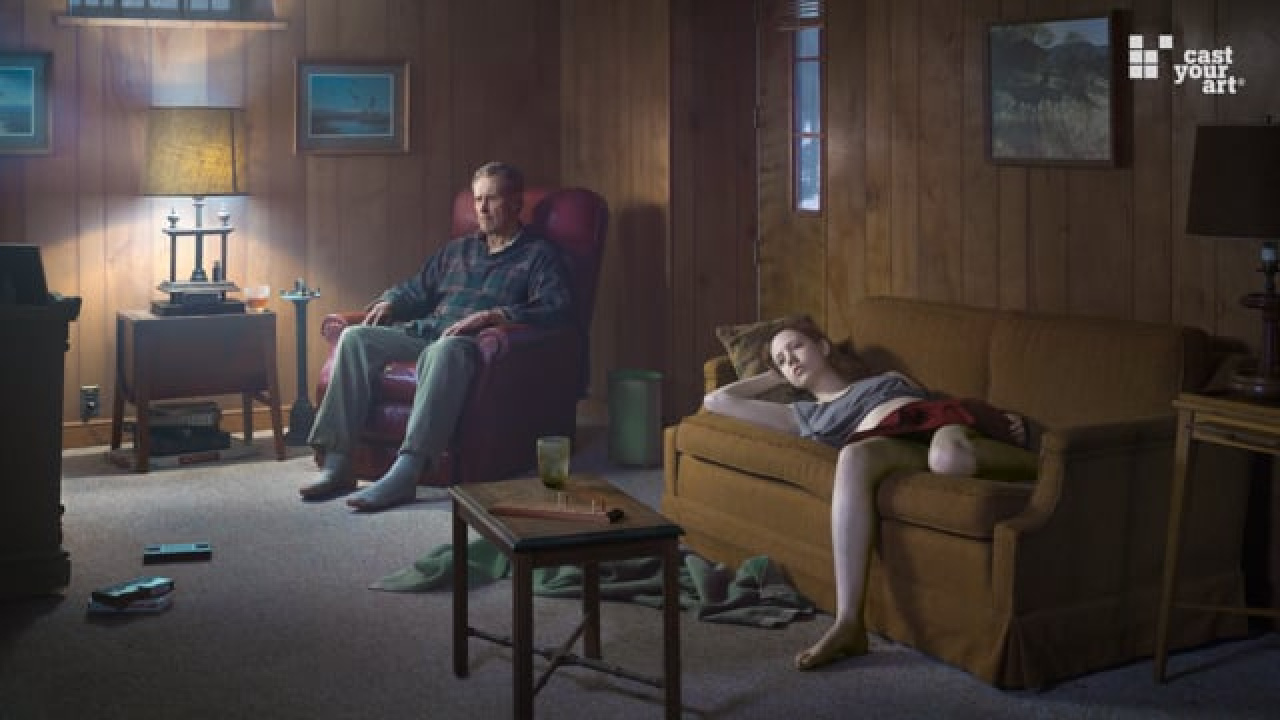
GREGORY CREWDSON. Retrospektive in der Albertina
24. June 2024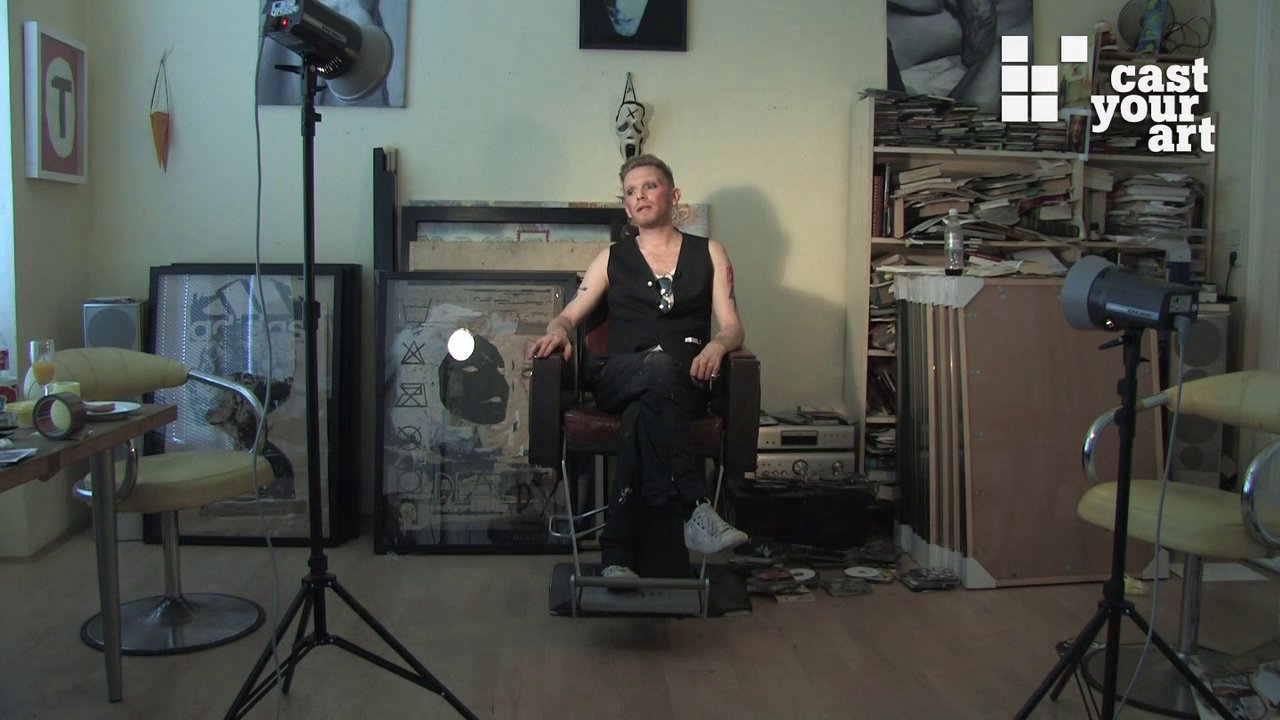
PHANTOMAK - The First Hit.
10. September 2010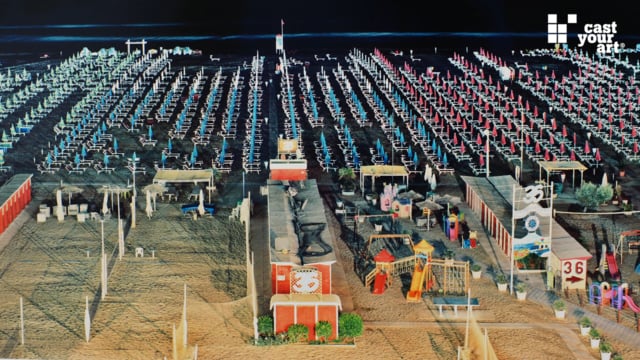
ALFRED SEILAND. Photography at the Albertina Museum
3. July 2018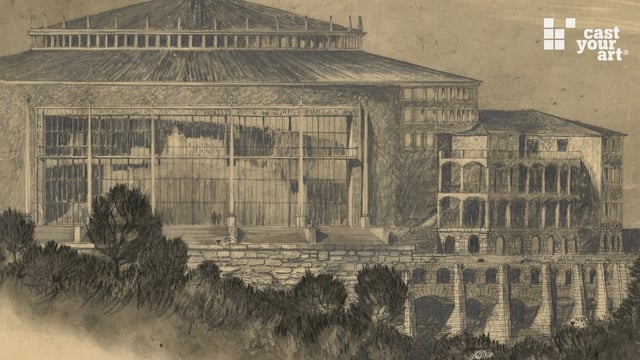
Masterworks of Architectural Drawing from the Albertina Museum
7. February 2018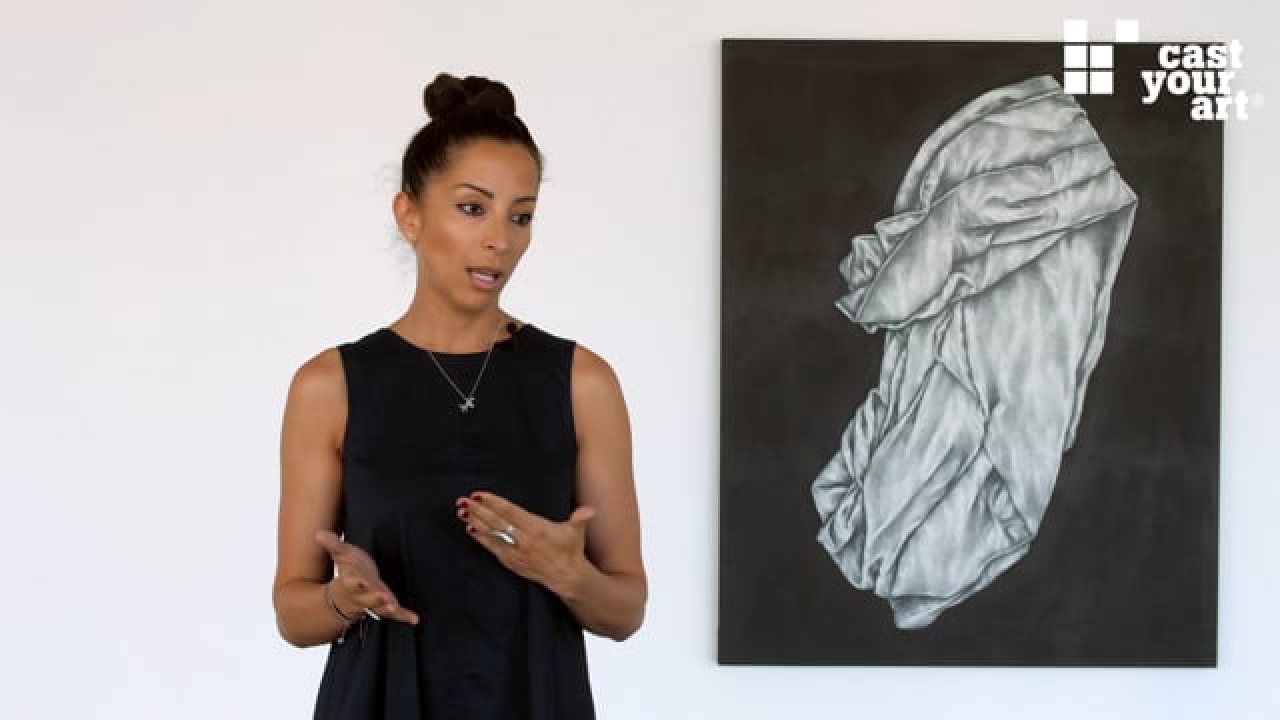
STRABAG ARTAWARD INTERNATIONAL 2019. Anerkennungspreisträgerin Soli Kiani
20. November 2019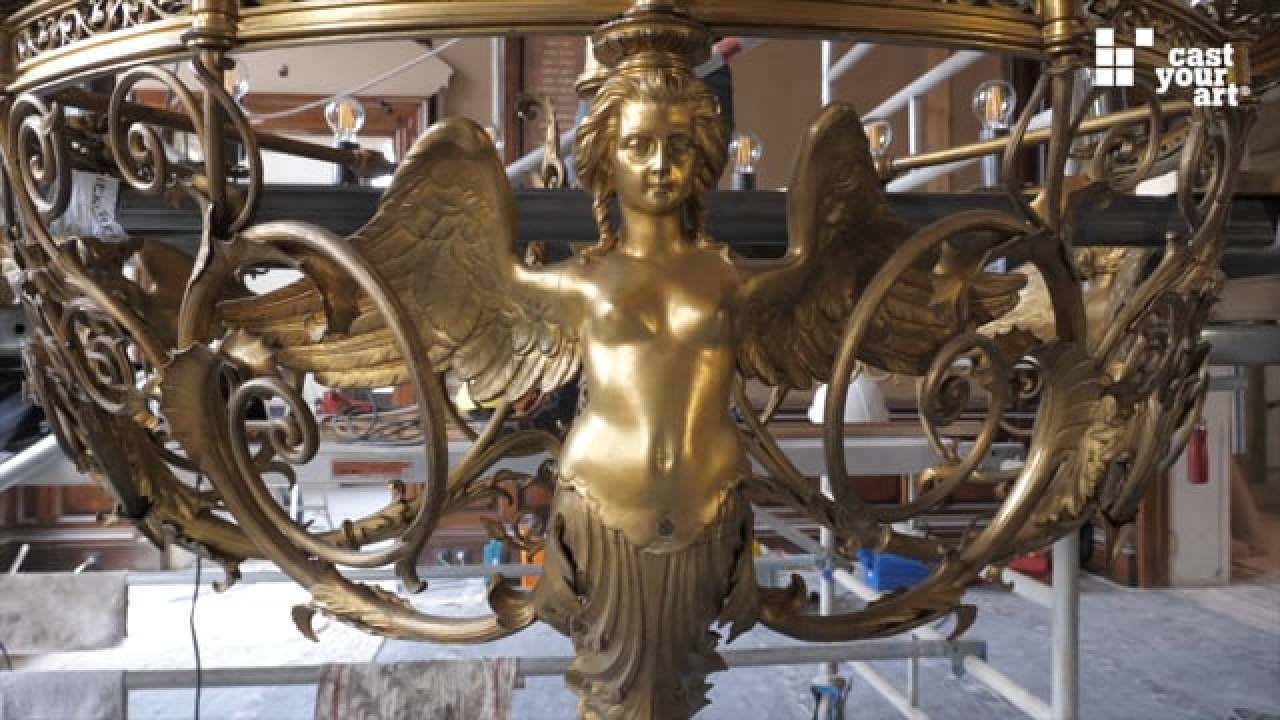
ALBERTINAmodern. Die Renovierung des Prachtlusters
4. November 2019